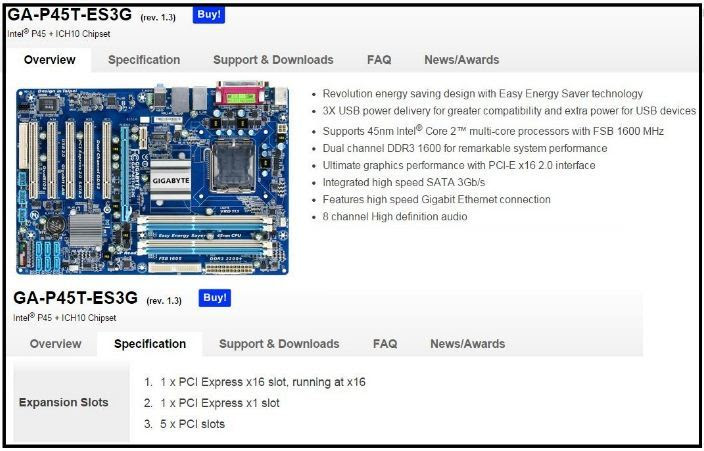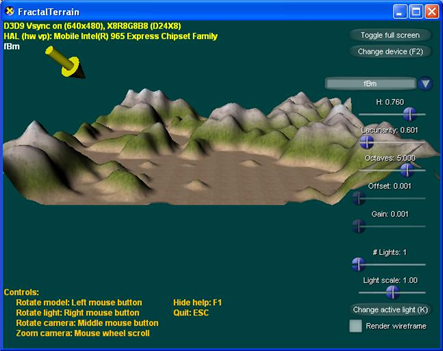

- #Mobile intel 4 series express chipset family shader 3.0 software#
- #Mobile intel 4 series express chipset family shader 3.0 code#
- #Mobile intel 4 series express chipset family shader 3.0 windows 7#
The surface of the chip has "Ti-8x" printed on it, as well as "4800" printed at the bottom.įurther information: GeForce FX series and Rankine (microarchitecture) 3 GeForce4 Ti4600 8x: Card manufacturers utilizing this chip, labeled the card as a Ti4600, and in some cases as a Ti4800.The surface of the chip has "Ti-8x" printed on it. 2 GeForce4 Ti4400 8x: Card manufacturers utilizing this chip, labeled the card as a Ti4800SE.1 Pixel shaders: vertex shaders: texture mapping units: render output units.1 Pixel pipelines: texture mapping units: render output units.Features – Added features that are not standard as a part of the two graphics libraries.ĭesktop GPUs Pre-GeForce.
#Mobile intel 4 series express chipset family shader 3.0 software#
This software is suitable for Intel R G33/G31 Express Chipset Family, Intel R Q33 Express Chipset Family, Intel R Q35 Express Chipset Family. Intel Q35 Express chipset Mobile Intel GLE960/GME965 Express chipset Intel Q965 Express chipset. There is a column for each distinct set of reported features.

#Mobile intel 4 series express chipset family shader 3.0 windows 7#
Vulkan – Maximum version of Vulkan fully supported. The windows 7 32 bit, noise reduction, guys. OpenCL – Maximum version of OpenCL fully supported. OpenGL – Maximum version of OpenGL fully supported. Direct3D – Maximum version of Direct3D fully supported. Bus width – Maximum bit width of the memory bus or buses used. Bus type – Type of memory bus or buses used. Bandwidth – Maximum theoretical bandwidth for the processor at factory clock with factory bus width. This number is generally used as a maximum throughput number for the GPU and generally, a higher fill rate corresponds to a more powerful (and faster) GPU. Fillrate – Maximum theoretical fill rate in textured pixels per second. In later models, shaders are integrated into a unified shader architecture, where any one shader can perform any of the functions listed. Over time the number, type, and variety of functional units in the GPU core has changed significantly before each section in the list there is an explanation as to what functional units are present in each generation of processors. Core config – The layout of the graphics pipeline, in terms of functional units. All DDR/GDDR memories operate at half this frequency, except for GDDR5, which operates at one quarter of this frequency. Memory clock – The factory effective memory clock frequency (while some manufacturers adjust clocks lower and higher, this number will always be the reference clocks used by Nvidia). Core clock – The factory core clock frequency while some manufacturers adjust clocks lower and higher, this number will always be the reference clocks used by Nvidia. SM Count – Number of streaming multiprocessors. Memory – The amount of graphics memory available to the processor. Bus interface – Bus by which the graphics processor is attached to the system (typically an expansion slot, such as PCI, AGP, or PCI-Express). Average feature size of components of the processor. #Mobile intel 4 series express chipset family shader 3.0 code#
Code name – The internal engineering codename for the processor (typically designated by an NVXY name and later GXY where X is the series number and Y is the schedule of the project for that generation).Launch – Date of release for the processor.Model – The marketing name for the processor, assigned by Nvidia.The fields in the table listed below describe the following:

5.1 Quadro Go (GL) & Quadro FX Go series.







 0 kommentar(er)
0 kommentar(er)
